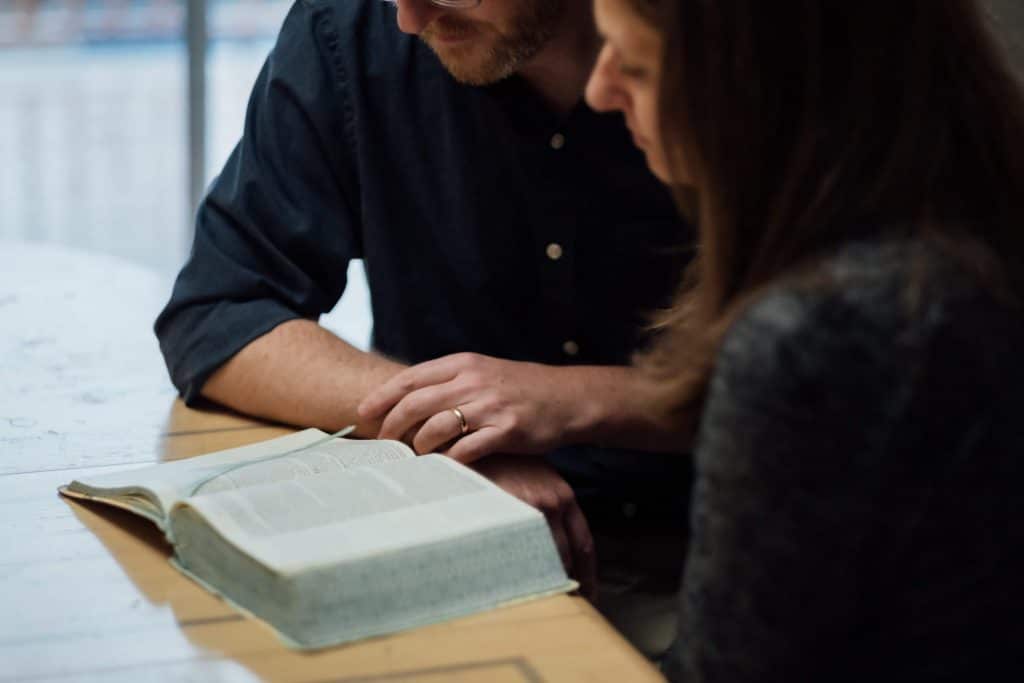Attending Mass and receiving the Eucharist is always a privilege. With our new guidelines to protect the health of each other, we are not able to attend Mass in person.
Archbishop Vigneron, in his homily on the Third Sunday of Lent, points to the thirst of Jesus at the well of the Samaritan woman as a thirst to meet us in the Eucharist. That at this time, “we can’t satisfy, through our reception of holy communion today, our thirst for communion with God.”
Yet, we are disciples. And as such “we need to look for the grace in this cross we experience, of being without the celebration of the Eucharist publicly in these days.”
Archbishop Vigneron offers three suggestions about how we can find the grace in this trial.
- This is an opportunity to renew our gratitude for the Eucharist. To come to a new and profound appreciation for what a blessing the Holy Eucharist is, a blessing we too often take for granted.
- We ought to be resolved not to grow accustomed to its absence of the celebration of the Eucharist in public.
- We are invited to make spiritual communion regularly.
Spiritual Communion
Spiritual Communion is a pious practice in the history of the Church. As the Archbishop stated, “it is simply to ask the Lord Jesus to give us the graces that would come to us were we able to receive his body and blood, soul and divinity sacramentally. We ask God to work in our hearts, the Holy Spirit to work in us, to do what he would be doing if we were to be receiving the sacrament.”
We therefore are encouraged to be resolved every Sunday, and every day, as we are suspended from our public assemblies, to make a spiritual communion. Above all, the Archbishop asks, that we do this in our families and that we do it together.
Elements of a Spiritual Communion
- Begin with the Sign of the Cross
- Scripture reading (e.g. Mass readings, found at usccb.org or listen/watch televised Mass. Options can be found here.)
- Optional: Share a reflection on the reading together (e.g. What do you hear God saying?)
- Shared prayer (e.g. Lord’s Prayer, Hail Mary)
- Spontaneous prayer (e.g. Prayers from the heart, for each other and our community)
- Recite the Spiritual Communion prayer together, followed by a moment of silence to receive the Lord
- Conclude with the Sign of the Cross
Prayer for Spiritual Communion
My Jesus, I believe that you are present in the Most Holy Sacrament.
I love you above all things and I desire to receive you in my soul.
Since I cannot at this moment receive you sacramentally,
Come at least spiritually into my heart.
I embrace you as if you were already there.
And unite myself wholly to you.
Never permit me to be separated from you.
Amen.
